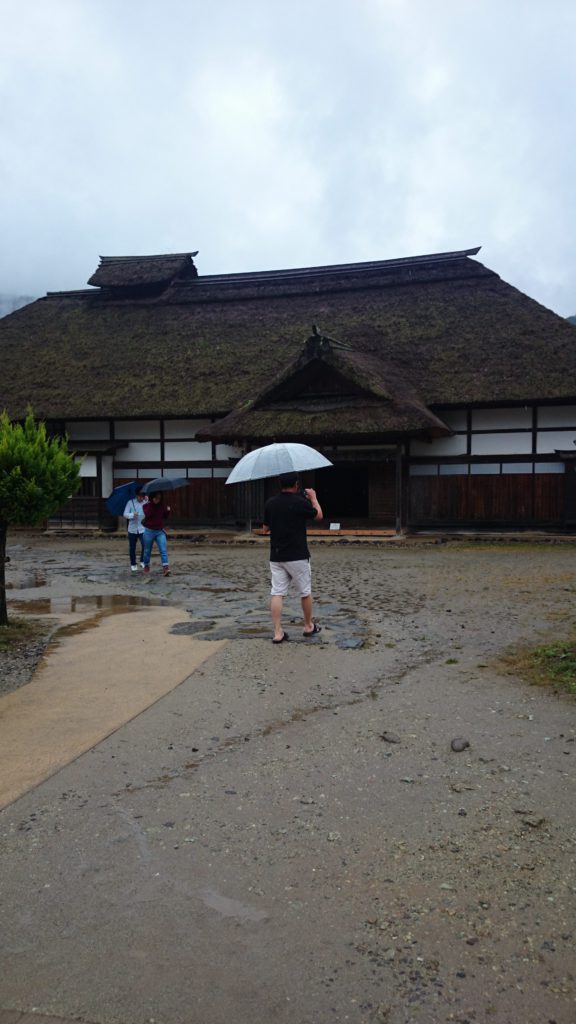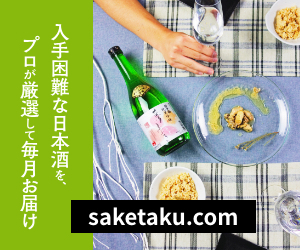- Home
- My Trip Diary
- Takakura Shrine, Relation of Mochihit-Ou and Ouchijuku
Takakura Shrine, Relation of Mochihit-Ou and Ouchijuku
- 2018/2/28

Good evening!
Thank you very much for your visiting this blog.
I reported last time about the history and the streets of Ouchijuku, and it continues in today’s article.
In the last part of the last blog, I talked about Ouchijuku where the old and the new are living together.
I’d like to talk more about what I saw there.
Contents
Ouchijuku Townscape Museum
In Ouchijuku, you see the taste of old days in not only the appearance of buildings, but also in the inside.
The place which shows it is here, “Ouchijuku Townscape Museum”.
This building was built in 1984 where “Honjin” (Hotel which was especially for the lord of the district in Edo era) was, and the designed after other post-towns’ remaining Honjin.
The reason why they had to take other towns’ design is that the records and drawings of Ouchijuku’s Honjin has been dispersed.
The inside of this museum is like this.
There are an Irori (Japanese traditional fireside) as you see in the photo above, the room which the lord used for his stay, and farm tools or tableware of those days.
I wonder why I can enjoy this kind of exhibition as I get old, even though I wasn’t interested in such things at all in school days.
Takakura Shrine
The south side of this museum is a big Torii (a guard frame of shrine). (By the way, this place is also the gym of “Pokemon Go”.)
Somehow I didn’t have photos of Torii left. I put a photo of after I went through Torii which I only had below.
The Torii is the great Torii of Ouchijuku’s local shrine, “Takakura Shrine”.
If you go through the Torii and keep going straight you see…
And,
I felt as if I came to another world like when I entered Ouchijuku.
Do you see a Torii in the middle of the photo above?
That is “Takakura Shrine”.
The enshrined deity is the third son of Emperor Goshirakawa, Mochihit-Ou.
His residence was in Sanjo-Takakura in Kyoto, so his house was called “Takakura no Miya”. That is why this shrine is called “Takakura Shrine”.
Relation of Mochihit-Ou and Ouchijuku
The time Mochihito-Ou lived was the period which Taira no Kiyomori wielded power.
Taira no Kiyomori, who had won and destroyed his enemy people almost completely in Heiji Rebellion in 1159, conquered so much power.
It was so powerful that “Heike Monogatari” (a classic story which tells the Taira family’s history) expressed “If he is not a member of Taira, he is not even a human being.”, and as Kiyomori’s rule became bigger, the counterforce also became bigger.
In 1177, a group of people who were against Kiyomori gathered at the Ex-Emperor Goshirakawa’s place, and had a meeting called “Intrigue in Shishigatani” to plan the overthrow of the Tairas. However, it was reported to Kiyomori by a betrayer.
Kiyomori immediately caught the people and executed them, and incarcerated Goshirakawa to stop his rule. This made Taira’s dictatorial regime even stronger.
After this incident, the person who stood up against Taira was “Takakura no Miya Mochihito-Ou”.
In 1180, Mochihito-Ou raised an army and made an order to the Minamoto people (also called “Genji”, a group against Taira) in all over Japan to follow him to put down the Tairas. Mochihito’s army itself lost because of lack of preparation and Mochihito died in the war, but his order to the Genji was sent to their main places and each of them stood up to follow Mochihito.
A man, Minamoto no Yoritomo, was in one of the groups, and he aligned the armed forces of Kanto area and finally destroyed Taira in Dan-no-Ura even after he once lost against Taira at first.
Mochihito-Ou is said to have been died in a war in Yamashiro-no-Kuni, but there is also another story that there was a rumor soon after his last war that he actually survived and he escaped to the east.
Maybe such confusion was made because usual people didn’t have a chance to see noble men like Mochihito-Ou, and he had been badly dealt by the Tairas, so his death was not really verified.
There is a legend that his haven in the east place was this Ouchijuku.
According to the legend, when Mochihito-Ou arrived in Ouchijuku, the place was called “Yamamoto Mura”.
He changed the place’s name to “Ouchijuku” because the town was similar to the Imperial Palace (“Ouchi” and “Imperial Palace” were written in the same Chinese letters).
Ummm……is it believable or not…
He left Ouchijuku to receive a help of Echigo-no-Kuni’s force after staying for a long time.
The palace he used while his stay was in the back of the main house of Takakura Shrine, and the entrance I came was its location.
I learnt that the town’s name also shows the history.
Conclusion
The time I came back to Ouchijuku after visiting Takakura Shrine was around noon.
I’d seen many restaurants with sign boards of “Negi Soba”, so I thought it would be nice to try one so I could also see if they have Japanese sake.
However, every place was full of people even though it was just before typhoon. All the people except me was groups of more than 2 people, and I didn’t feel like queuing alone. I decided to give up Soba and leave Ouchijuku.
On the way back, I took the same way as the entry and walked back seeing this scenery.
Ouchijuku was a place that gave me a mysterious feeling like a time-traveling from the present to Edo period.
It's our great pleasure if this article is helpful for you.

Restaurant Information
| Shop Name | |
|---|---|
| Prefectures | - |
| Tel | |
| Address | |
| Nearest Station | |
| Homepage | - |
| Business Hours | - |
| Holiday | |
| Introduction | |
| Sake List |
|









